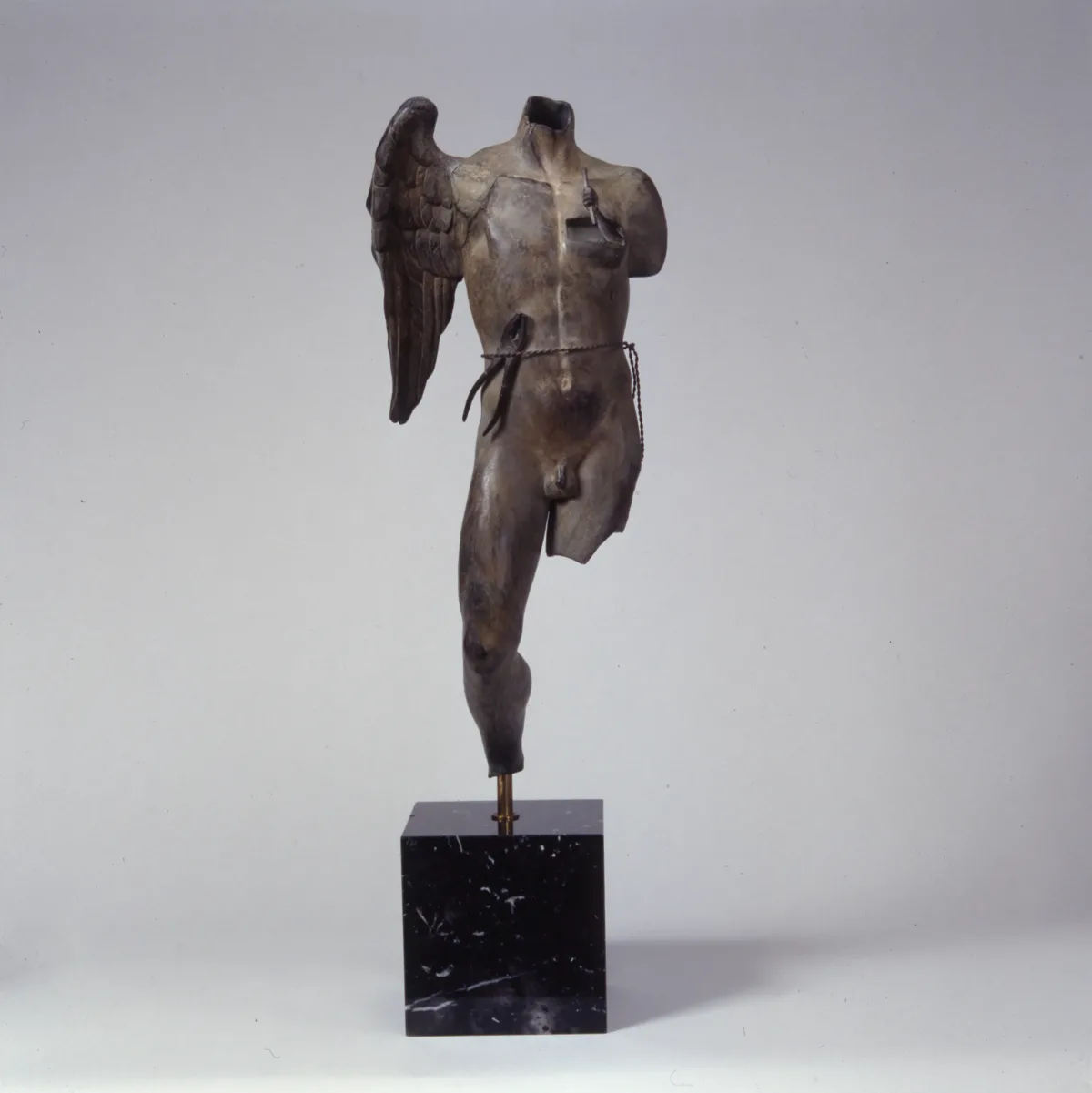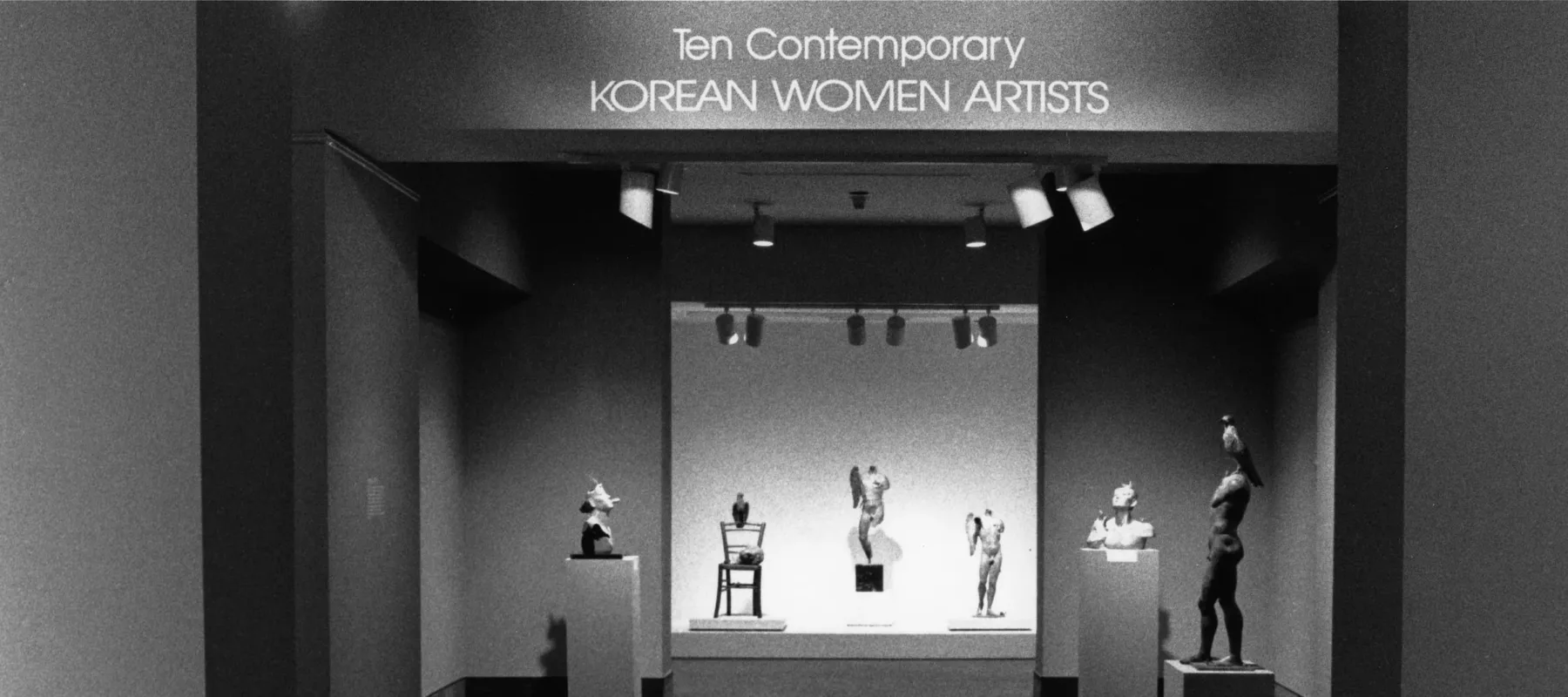NMWA presents the exhibition Ten Contemporary Korean Women Artists, from May 21 through August 25, 1991. The exhibition features forty-eight works in a variety of media that combine Eastern and Western techniques to form modern visions recalling ageless traditions. The first major show of its kind to be seen in the United States, the exhibition celebrates the achievements of women artists in Korea.
Much of the art created by women in ancient Korea has been lost to history, eclipsed by rigid social conventions that limited women’s activities outside the home. It was not until the end of the 19th century that the status of women in Korean society began to change. After 1873, when the Korean government established diplomatic relations with the West, Christian missionaries introduced a system of education that opened schools for women as well as men, an idea considered revolutionary at that time. Korea began to establish art schools for women only after gaining its independence from Japan. The Seoul National University College of Arts opened in 1945, Ewha Women’s University College of Fine Arts in 1946, and Hongik College of Fine Arts in 1949.
Since the 1950s the number of women art students in Korea has increased significantly, as additional institutions have created departments of fine and applied arts. The artists represented in Ten Contemporary Korean Women Artists were students during the 1970s and 1980s, a period characterized in Korea by artistic evolution, rapid economic development, and political unrest. During these decades many women became involved in experimental art movements, building reputations for bold works in a variety of international styles.
Highly personal approaches to abstraction can be seen in the Minimalist canvases of Ohc-sun Chin, for example, as well as in the more expressionist ink and gouache paintings of Soon-shil Baik and Boon-ja Choi. Sculptors San-sook Park, Young-ia Cho, and Youngshil Han, along with painter Won-sock Kim, developed interpretations of the human figure in their work. Still, other contemporary Korean artists manifest an indebtedness to craft traditions, as seen in the fabric constructions of Soo-ja Kim, the mixed media installations by Ju-hae Yang, and the fiber work of Kyung-yeun Chung.
The paintings, sculptures, assemblages, and installations in Ten Contemporary Korean Women Artists all have a richness that derives from the artists’ deep appreciation for and adherence to both Eastern and Western aesthetics. In these works, ancient myths and contemporary attitudes combine to form innovative and eloquent forms of expression that transcend cultural boundaries.

Young-Ja Cho, Untitled, 1988; Bronze, 14 1/2 x 11 in.; National Museum of Women in the Arts, Gift of Son San Hi; © Young-Ja Cho
